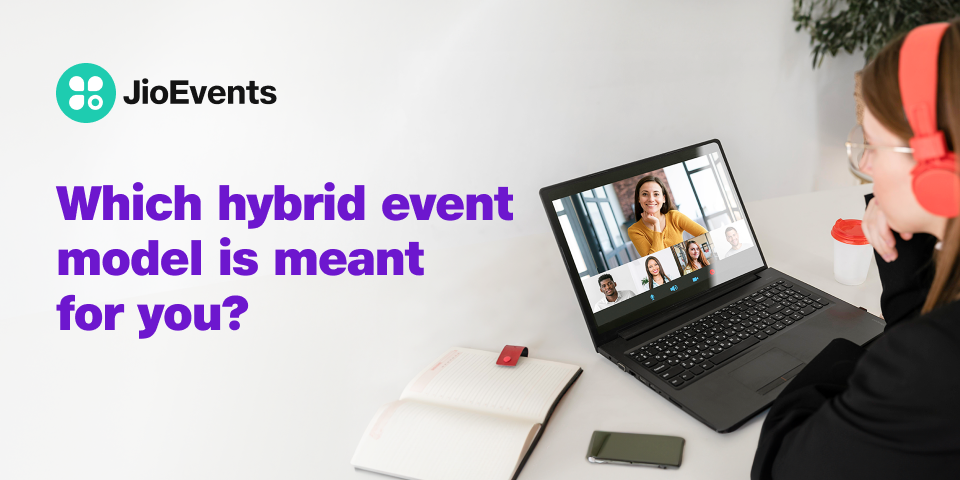Exploring the Diversity of Hybrid Event Models

In the ever-evolving landscape of event planning, hybrid events have emerged as a powerful solution to bridge the gap between physical and virtual experiences. These events combine the best of both worlds, offering attendees the option to participate either in-person or remotely. By leveraging the advantages of both formats, they provide unprecedented opportunities to maximize engagement and reach a broader audience. Let’s explore some of the most effective hybrid event models that have proven to be successful in enhancing participant experiences.
The Parallel Experience Model
In the parallel experience model, event organizers create two separate and equally captivating experiences—one for in-person event attendees and another for virtual participants. Each experience is carefully curated to cater to the specific needs and preferences of its respective audience. This model ensures that neither group feels like an afterthought, promoting a sense of inclusivity for all attendees. The key to its success lies in seamless integration, using advanced technology to bridge the physical and digital realms.
The Hybrid Hub Model
The hybrid hub model centers around a central physical location, such as a conference venue, where a select group of participants gather to experience the event in person. At the same time, multiple satellite locations are set up globally to accommodate virtual attendees. The main advantage of this model is the creation of a focal point for networking and face-to-face interactions, while virtual attendees benefit from reduced travel costs and the flexibility to join from anywhere.
The Hybrid Trade Show Model
Trade shows have undergone significant transformations with the advent of hybrid events. This model involves hosting an in-person trade show featuring exhibitors and a limited number of attendees, while simultaneously offering a comprehensive virtual trade show platform accessible to a broader audience. The virtual aspect enables attendees from different time zones and remote locations to explore exhibitor booths, access resources, and engage in real-time interactions, all from the comfort of their screens.
The Blended Content Model
The blended content model focuses on creating a seamless content experience for both physical and virtual attendees. Engaging speakers and presentations are delivered in person and simultaneously streamed online. To encourage active participation, virtual attendees can ask questions and interact with speakers through live chat and Q&A sessions. This model ensures that no one misses out on valuable insights, and it fosters a sense of community and collaboration between all participants.
As the events industry continues to evolve, hybrid events have emerged as a game-changer, offering innovative ways to enhance engagement and expand reach. When planning one, organizers must carefully consider the unique goals and requirements of their event to select the most effective model to ensure its success. By embracing the benefits of hybrid events, companies can unlock new opportunities for growth, networking, and collaboration in the digital age.
Explore their potential now with us. Book a JioEvents demo session here.



